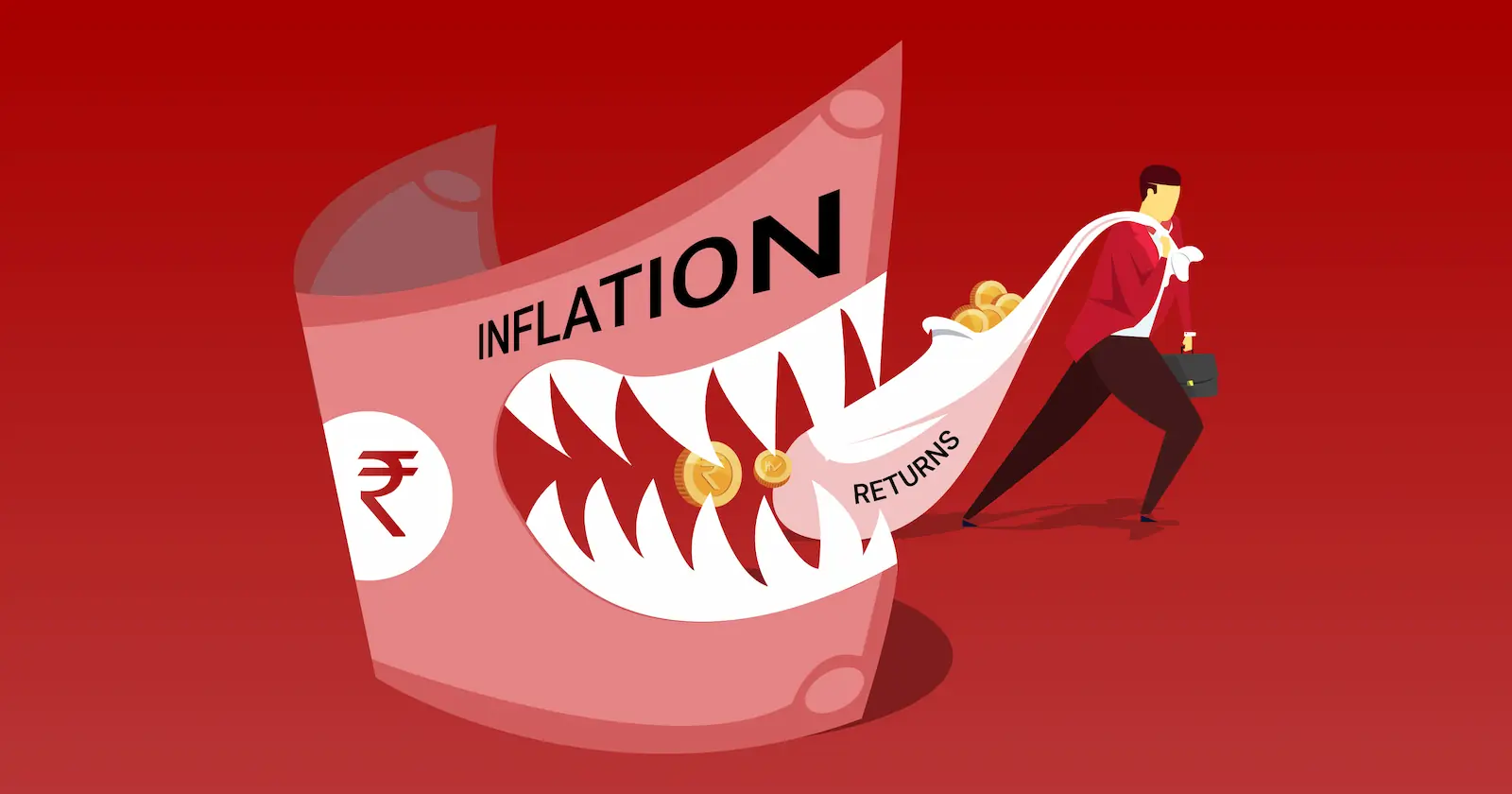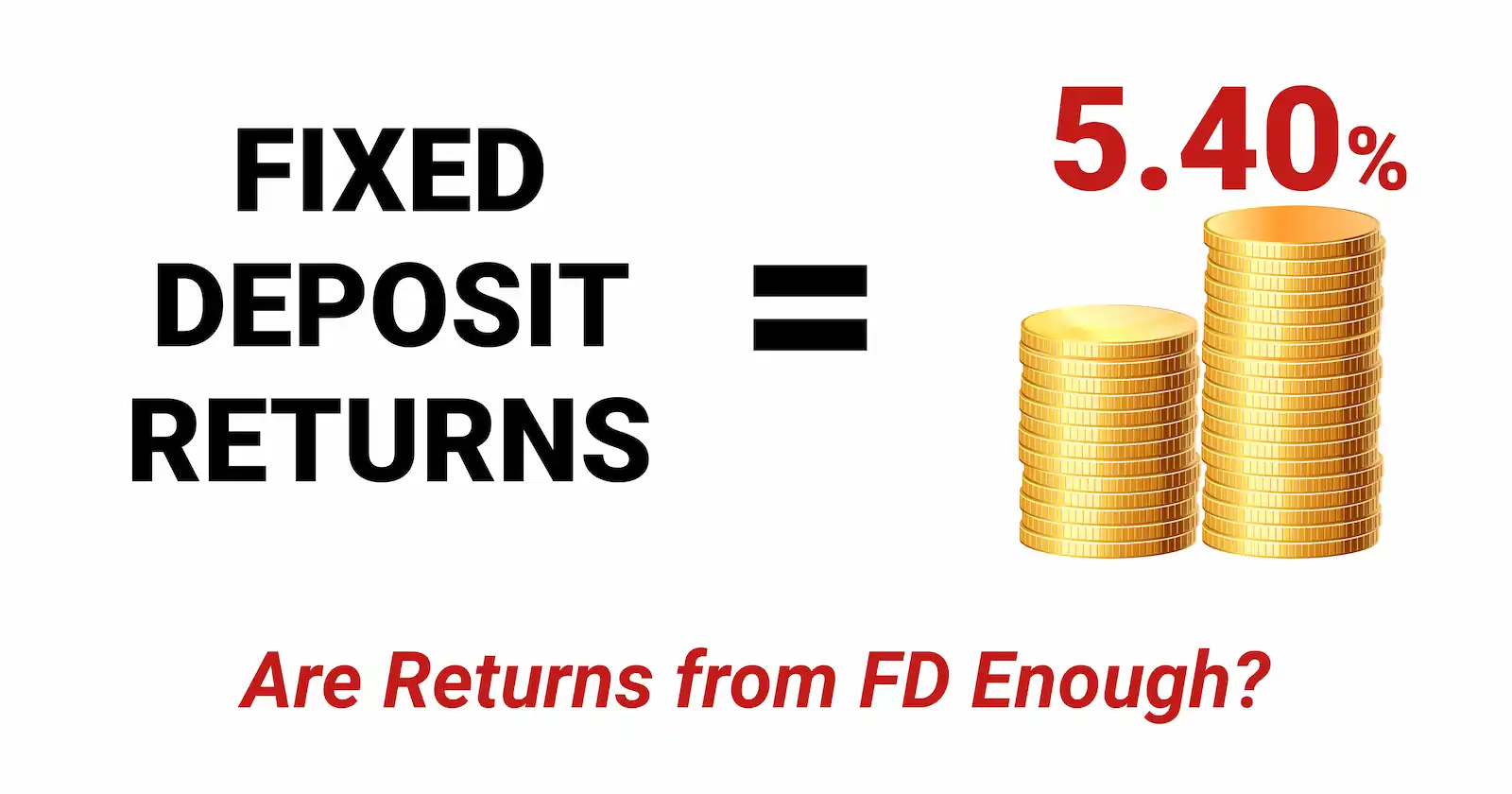Indians have a habit of putting aside some amount every month as savings. These savings mostly find their way into land or gold as Indians primarily invest in physical assets. There are two broad categories of assets, physical and financial. Real estate and gold are the best examples of physical assets, while fixed deposits, stocks and mutual funds are financial assets. Though Indians prefer physical assets, the only financial asset that can match their popularity to some extent is bank fixed deposits.
Fixed deposits are a constant in many working families, with fathers often advising their working children to put some money in fixed deposits. The younger generation which has grown up hearing about fixed deposits park their savings in fixed deposits without a second thought. But many don’t give a thought to the nitty-gritties of financial instruments. There are various instruments in the market that have a manageable risk profile and generate better returns.
What are fixed deposits?
Fixed deposits are a type of financial instrument offered by banks and non-banking financial companies that offer a better interest rate than a savings account. Fixed deposits generally have a lock-in period, and the money cannot be withdrawn before the term ends. A penalty is charged if someone withdraws the invested amount before maturity. Currently, bank fixed deposit rates are hovering at around 7 percent2. Fixed deposits are perfect for people who have an extremely low appetite for risk but want better returns than a savings account.
But are your investments in fixed deposits as safe as they are made to be?
Fixed deposits come with a variety of tenures, ranging from 7 days to 10 years1. An investment in a fixed deposit for a short period of time can be considered, but in the long run, real returns from fixed deposits can be minimal or in some cases negative. If you plan to fund your child’s education after 10 years through investments in fixed deposits, then think again. Here are a few points to consider before investing in fixed deposits.
Inflation
Prices of products are always on an upswing in a developing country like India, which erodes the purchasing power of money. The rate at which the average price of goods and services increase in a country over a period of time is known as the inflation rate. A high inflation rate makes products costlier over time. If the interest is less than the inflation rate, it essentially erodes the value of the principal amount. Let us understand the concept with an example borrowed from former RBI governor Raghuram Rajan, albeit with different numbers.
Suppose you have Rs 10,000 and you plan to buy dosas with it. With each dosa costing Rs 100, you will be able to buy 100 dosas from the money. If you invest the money in a fixed deposit for a year with an interest rate of 10 %, you will get Rs 11,000 after a year. The inflation rate is also 10 %, due to which the price of dosa has jumped to Rs 110 in a year. Even after a year, you will be able to buy only 100 dosas with the money.
Now consider a second scenario, where everything is the same but the inflation rate has declined to 5 %. In that case, the price of dosa will be Rs 105 after a year, but you will receive 11,000 rupees from the bank. You will be able to buy nearly 105 dosas from the same amount in a period of low inflation.
 Inflation Eats into Your Returns3
Inflation Eats into Your Returns3The problem with fixed deposits is that their interest rates often lag inflation rates in the long run. Even if the interest rate is marginally more than the inflation rate, real returns will be too small to matter. At current rates, if you are earning 7 % on your investment in fixed deposits and the inflation rate is around 4 %, you are essentially earning just 3 % every year.
The interest earned on a fixed deposit is taxable according to your income tax bracket. So if you are in the highest tax bracket, an additional 30 % will be deducted from the interest income of your fixed deposit. If you have a fixed deposit with an interest rate of 7 %, then 2.1 % will have to be paid as tax. With a 4 % inflation rate and 2.1 % tax, you will earn just 0.9 % on your principal amount.
Conclusion
Bank fixed deposits are relatively safe investment products but may fail to generate ample returns.
There are alternate options, if you are planning to save for future commitments like your child’s education. If you want safer instruments, hybrid products like traditional plans or guaranteed savings plans can be considered.



Comments